Unless you are running a one-man lemonade stand in your neighborhood, you are most likely subject to some sort of compliance needs for your business’s cybersecurity. Do you accept credit cards? You need to follow PCI-DSS. Do you keep financial or health information of any of your customers? HIPAA and FTC requirements need to be followed. Do you have a cyber insurance policy? You can bet that they’ve written up their own cybersecurity standard you need to be following.
RiskLOK™ is a risk-focused approach for compliance that emphasizes identifying, assessing, and managing risks to effectively safeguard sensitive information, systems, and data. This approach acknowledges that not all assets or risks are of equal importance, and allows organizations to allocate resources strategically to mitigate the most significant threats. Achieving compliance within your IT ecosystem should be an iterative process. The key to successful iterations is to start with defining and setting realistic goals.
There are two main areas of the RiskLOK™ process; the first focuses on setting your business’ framework for which compliance standards you need, determining what your acceptable level of risk is (aka your “risk appetite”), and finding out where you are in that process. This section includes the initial compliance alignment and risk assessment. The second piece of RiskLOK™ is where it stands apart from other compliance products and services. Continuous monitoring, reporting, and realignment are the foci of part 2 of the RiskLOK™ process. It can be tough for a company to keep up with all the new and changing standards and rules, even with an IT team already in place. When you have RiskLOK™, we become your partner and our experts keep you up to date and on target, so you can focus on running and growing your business.
Here is a closer look at some of the many components of the RiskLOK™ process:
Compliance Alignment:
- Regulatory requirements: Identify applicable cybersecurity regulations, standards, and frameworks (such as GDPR, HIPAA, NIST, etc.) that are relevant to your industry and organization.
- Match risks to requirements: Map identified risks to the specific compliance requirements to ensure comprehensive coverage.
Risk Assessment:
- Identify assets and data: Determine what information, systems, and data are critical to your organization’s operations.
- Threat identification: Identify potential threats and vulnerabilities that could impact your assets.
- Vulnerability assessment: Evaluate the weaknesses in your systems that could be exploited by attackers.
- Likelihood and impact assessment: Assess the likelihood of a threat exploiting a vulnerability and the potential impact if it were to occur.
Continuous Monitoring:
- Ongoing assessment: Continuously monitor your systems, data, and assets to detect any changes in the risk landscape.
- Adaptive approach: Be prepared to adjust controls and strategies based on changes in risk factors, regulatory changes, or evolving threats.
Reporting and Communication:
- Stakeholder communication: Effectively communicate risk findings, mitigation strategies, and compliance efforts to relevant stakeholders, including executives and regulatory bodies.
Training and Awareness:
- Employee education: Train employees about cybersecurity risks, their role in compliance, and how to recognize and report potential threats.




